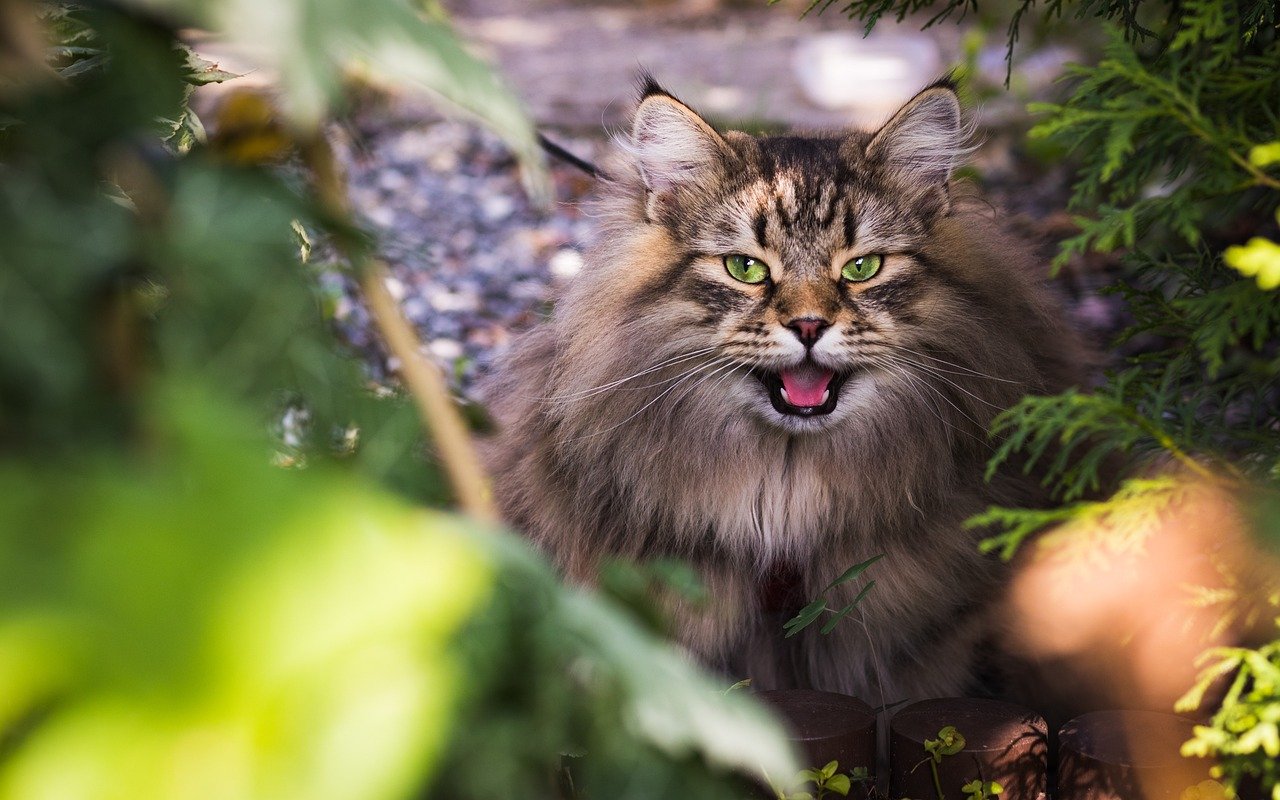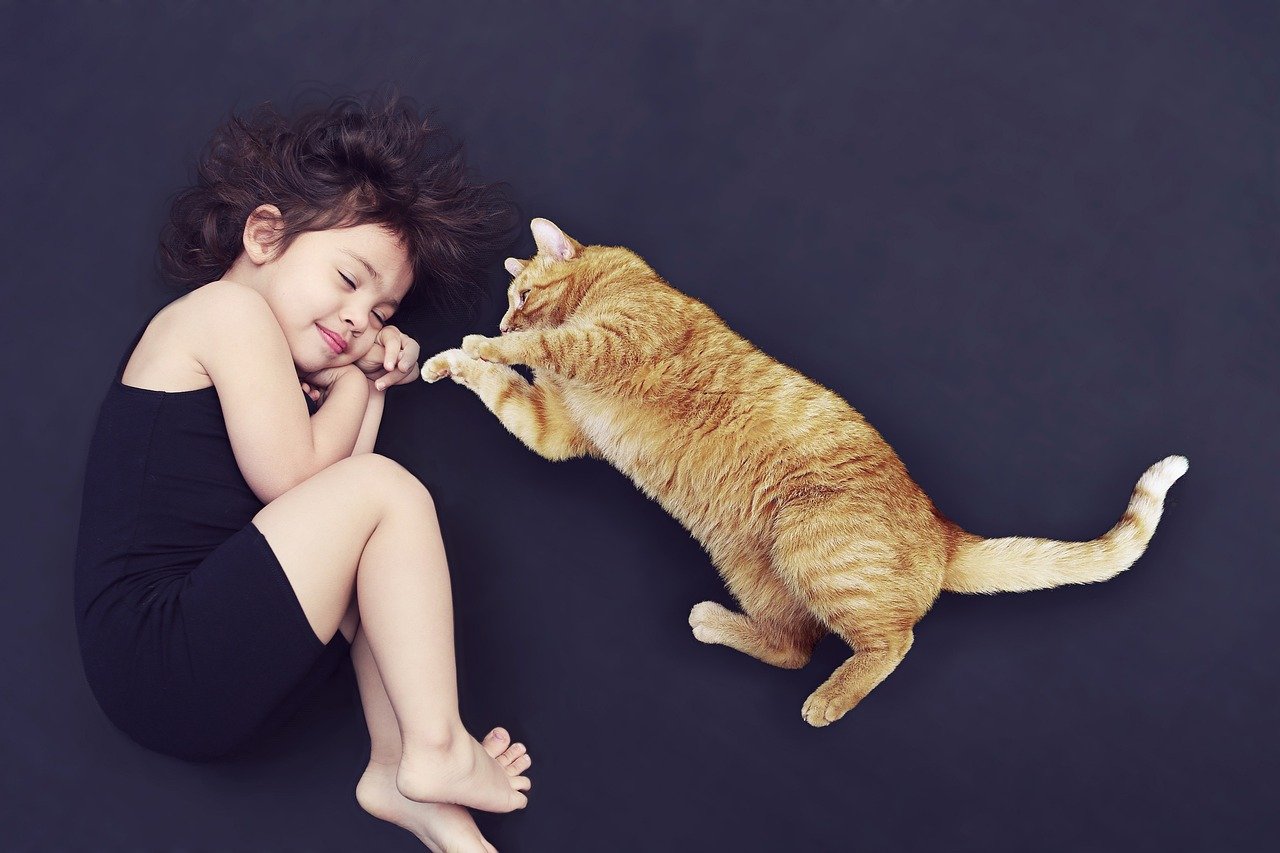The enigmatic world of cats has always intrigued many, especially when it comes to understanding their preferences. Why do some cats seem to favor one person over another? It’s a question that has puzzled cat owners for centuries. Fortunately, behavior experts have shed light on this topic, providing insights into how cats choose their favorite human companions. This article delves into the subtle cues and behaviors that guide a cat’s choice, offering a comprehensive look into the feline psyche.
The Role of Early Socialization
Early socialization plays a pivotal role in shaping a cat’s preferences. Kittens exposed to a variety of people during their critical developmental stages tend to be more social and adaptable. This exposure allows them to develop familiarity with humans, making it easier for them to form bonds later in life. Just like how children who play with others grow up to be more sociable, kittens benefit from early interactions. If a particular person is present during these formative weeks, the kitten might naturally gravitate towards them as they mature. It’s akin to imprinting, where early memories leave lasting impressions.
Understanding the Power of Routine
Cats are creatures of habit, often finding comfort in routines. They appreciate predictability, and a person who consistently feeds, plays with, or grooms them becomes a reliable figure in their eyes. This consistency fosters trust, making them more likely to seek companionship from that individual. Imagine having a friend who always shows up when promised; naturally, you’d feel closer to them. In the same vein, a cat will often choose someone who provides stability and routine in their life.
Body Language and Non-Verbal Cues
Cats are masters at reading body language, often picking up on subtle cues that humans might overlook. A person who approaches them with calmness, avoids direct eye contact, and respects their personal space is more likely to be favored. It’s similar to how we appreciate people who give us space and understand our boundaries. Cats, too, appreciate this respect and often reward it with affection. Observing a cat’s body language, such as a flicking tail or a gentle purr, can provide insights into their comfort levels and preferences.
Voice and Tone Recognition

Believe it or not, cats are attuned to the tone and pitch of voices. A calm, soothing voice can be incredibly appealing to them. Cats often respond to familiar sounds, much like how a familiar song can evoke emotions in humans. If a person consistently speaks to a cat in a gentle tone, it fosters a sense of security and comfort. This auditory connection can be the foundation of a lasting bond, making the person a preferred companion in the cat’s eyes.
The Significance of Smell
Cats have an extraordinary sense of smell, and scents play a crucial role in their world. They often choose their favorite person based on scent familiarity. A specific perfume, body lotion, or even the natural scent of a person can become a comforting reminder. Just as certain scents can evoke memories for humans, the same principle applies to cats. When a cat rubs against a person, they’re marking them with their scent, signaling approval and affection.
Play and Interaction Preferences
Every cat has unique play preferences, and a person who understands and engages in their preferred style of play can quickly become a favorite. Whether it’s a game of fetch, chasing a laser pointer, or simple cuddling, these interactions strengthen bonds. Imagine having a friend who knows exactly what makes you laugh or feel good; naturally, you’d want to spend more time with them. Similarly, cats are drawn to those who cater to their play and interaction needs.
Feeding and Reward Associations
The way to a cat’s heart might very well be through their stomach. Feeding is a primary bond-forming activity, and a person who consistently provides meals or treats often becomes associated with positive feelings. It’s not just about the food but the act of nurturing and providing. Consider how we might favor someone who cooks us our favorite meal regularly. Cats, too, form positive associations with those who feed them, often resulting in a deeper bond.
Understanding Stress and Comfort Levels
Cats are sensitive creatures, often picking up on the emotional states of those around them. A person who remains calm during stressful situations provides a sense of stability. This emotional attunement can make a cat feel more at ease, leading them to favor that individual. It’s akin to having a friend who remains calm during a storm, offering solace and reassurance. Cats, with their keen sense of perception, gravitate towards those who emit calm and comfort.
Observing Mutual Grooming Behaviors
Mutual grooming, or allogrooming, is a behavior where cats groom each other or their human companions. This act is a profound sign of trust and affection. When a cat chooses to groom a particular person, it’s expressing a deep bond. Imagine how we might feel when a friend goes out of their way to help us or show affection. By understanding and reciprocating these grooming behaviors, a person can strengthen their bond with the cat, making them a favored companion.
The Influence of Past Experiences

Past experiences, both positive and negative, greatly influence a cat’s choice of a favorite person. Cats with previous trauma or negative interactions might be wary, while those with positive experiences are more open and trusting. A person who approaches with patience and understanding can slowly build trust, even with the most hesitant of cats. It’s similar to how we might be cautious in new relationships if we’ve been hurt before, but with time and understanding, trust can be rebuilt.
In conclusion, understanding how cats choose their favorite person requires patience, observation, and a genuine appreciation for these mysterious creatures. By recognizing the subtle cues and behaviors that guide a cat’s preferences, we can foster deeper, more meaningful connections with our feline companions.

Linnea is a born and bred Swede but spends as much time as possible in Cape Town, South Africa. This is mainly due to Cape Town’s extraordinary scenery, wildlife, and atmosphere (in other words, because Cape Town is heaven on earth.) That being said, Sweden’s majestic forests forever hold a special place in her heart. Linnea spends as much time as she can close to the ocean collecting sea shells or in the park admiring puppies.






